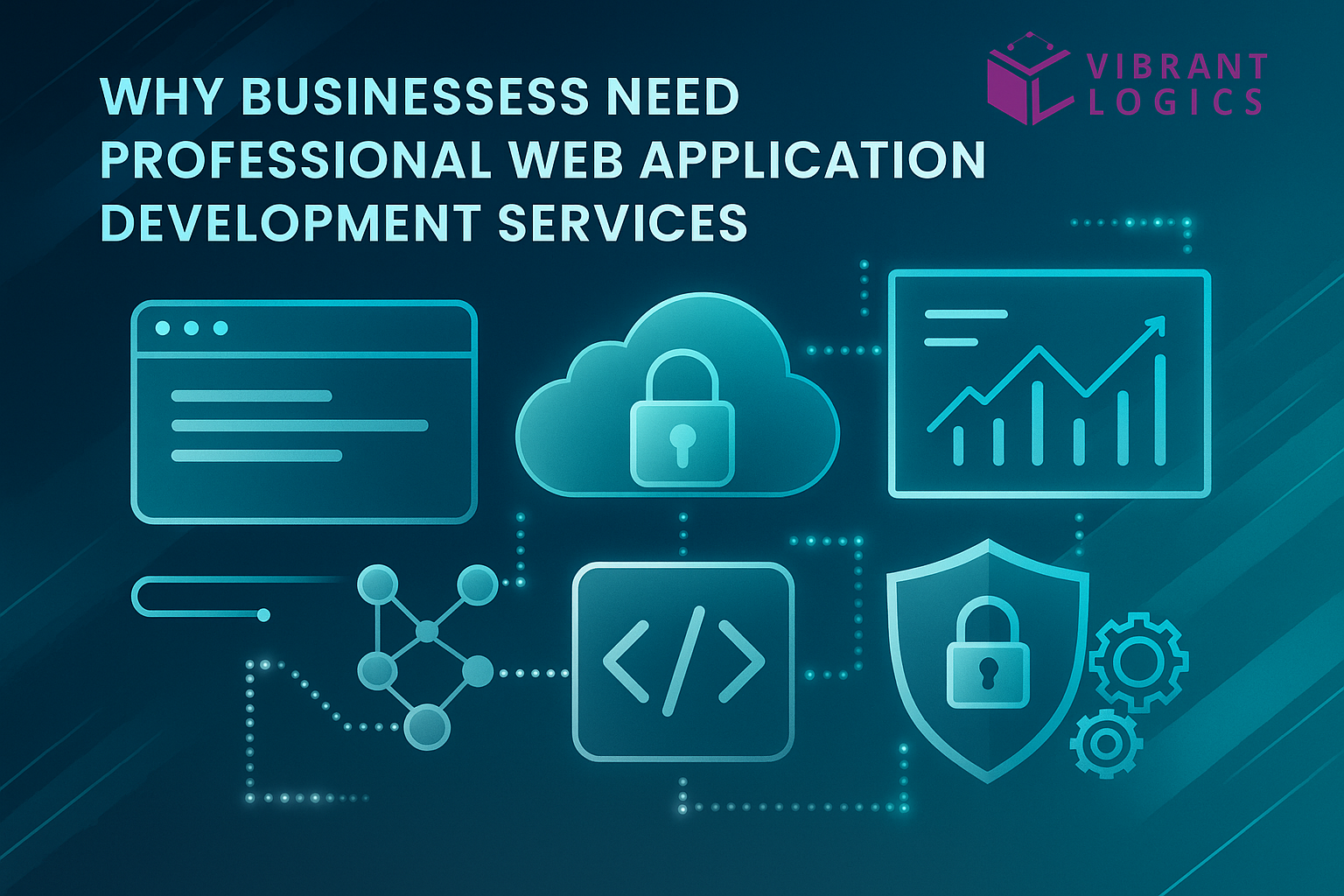In today’s competitive marketplace, brand equity has become a critical asset. It’s not just about creating awareness—it’s about building a reputation that inspires loyalty, trust, and advocacy. While advertising can generate immediate attention, public relations (PR) is the discipline that helps shape perception and establish long-term credibility.
This blog explores how PR plays a pivotal role in building long-term brand equity and why organizations should invest in strategic communication to nurture their reputation.
If you’re searching for a reliable PR company in Delhi, we have the expertise you need. PR Company in India to us at Twenty7 Inc!
Understanding Brand Equity
Before diving into PR’s role, it’s important to define brand equity. Simply put, brand equity is the value a brand holds in the minds of consumers, stakeholders, and the market. It is shaped by:
- Awareness: How easily consumers recognize the brand.
- Perceived Quality: The trust and reliability associated with its products or services.
- Associations: The values, personality, or stories linked to the brand.
- Loyalty: The willingness of customers to choose the brand repeatedly, even over cheaper alternatives.
Building brand equity takes years of consistent effort, and PR is the backbone of that effort.
Why PR Matters for Brand Equity
Unlike advertising, which is often seen as paid promotion, PR is rooted in credibility. Media coverage, thought leadership, influencer partnerships, and community engagement all shape how people perceive a brand organically. When executed consistently, PR builds reputation—not just visibility.
Here are the key ways PR contributes to long-term brand equity:
1. Shaping Perceptions Through Storytelling
At the heart of PR is storytelling. Brands with strong narratives are more likely to be remembered and trusted. PR professionals craft stories that:
- Highlight a brand’s mission and values.
- Showcase milestones, innovations, and achievements.
- Connect emotionally with audiences through human-interest angles.
For instance, instead of promoting a “new eco-friendly packaging,” PR would frame it as “a step in the company’s mission to reduce carbon footprints and contribute to sustainability.” Such narratives enhance brand associations and strengthen equity.
2. Building Trust and Credibility
Trust is the foundation of brand equity, and PR builds it by positioning the brand as authentic and reliable.
- Media Coverage: Positive news stories in reputable outlets validate the brand.
- Thought Leadership: Publishing insights, participating in panels, or contributing op-eds positions leaders as credible experts.
- Transparency: PR helps brands navigate challenges with honesty, reinforcing trust even during crises.
When audiences trust a brand, they not only purchase more but also recommend it to others, fueling long-term equity.
3. Strengthening Customer Loyalty
Loyal customers are the most valuable contributors to brand equity. PR plays a role by nurturing ongoing relationships:
- Engagement Campaigns: Sharing success stories, user-generated content, and customer testimonials makes customers feel valued.
- Community-Building: Hosting events, webinars, or forums gives customers a sense of belonging.
- Two-Way Communication: PR ensures customers are not just spoken to but also listened to.
Brands that consistently show appreciation and engagement through PR enjoy stronger loyalty, even during market downturns.
4. Managing Crises Effectively
One of PR’s most important functions is crisis communication. Every brand faces challenges—product recalls, negative press, or social media backlash. How a company responds can either damage or strengthen its equity.
PR ensures:
- Quick Response: Addressing issues before they spiral out of control.
- Transparency: Communicating facts openly to maintain credibility.
- Reputation Recovery: Using strategic campaigns to rebuild trust after the crisis.
Brands that handle crises well often emerge stronger, showing resilience and commitment to their stakeholders.
Are you seeking a trusted PR company in Bangalore to manage your communications? Reach out to Twenty7 Inc. today!
5. Creating Consistent Visibility
Brand equity grows when audiences consistently see and hear about a brand in trusted spaces. PR drives visibility by:
- Securing media features and interviews.
- Collaborating with influencers and industry leaders.
- Ensuring presence at conferences, expos, and relevant events.
Unlike short-term ads, this type of consistent, organic visibility creates familiarity and strengthens brand recall over time.
6. Driving Employee Advocacy
Employees are often overlooked in brand-building, yet they are among the strongest ambassadors. PR fosters internal communication and employee engagement, which in turn drives external equity.
- Highlighting employee achievements.
- Sharing behind-the-scenes stories.
- Involving staff in campaigns that showcase brand culture.
When employees feel proud of where they work, they spread positivity outside the organization, strengthening brand reputation.
7. Aligning Brands with Purpose
Modern consumers want more than products; they want values. PR helps brands align with causes that matter—sustainability, inclusivity, or social impact.
- CSR (Corporate Social Responsibility) initiatives.
- Partnerships with NGOs and community projects.
- Advocacy campaigns that reflect the brand’s ethos.
When these efforts are communicated effectively, they create a deeper emotional bond with audiences and differentiate the brand in crowded markets.
8. Leveraging Thought Leadership for Authority
Thought leadership is one of the most effective PR tools for building authority. By positioning executives and experts as go-to voices in their industries, PR helps:
- Build respect from peers and competitors.
- Strengthen credibility among customers and investors.
- Increase media coverage opportunities.
Over time, this authority translates into stronger equity because the brand is seen not just as a seller but as a leader shaping the industry.
Real-World Examples of PR-Driven Brand Equity
- Apple: Beyond innovative products, Apple’s equity comes from PR-fueled storytelling around creativity, design, and lifestyle.
- Patagonia: Its equity is rooted in strong PR campaigns tied to sustainability and activism, making it a purpose-driven brand.
- Infosys (India): Through consistent thought leadership, CSR initiatives, and transparent communication, Infosys has built a reputation as a trusted global IT leader.
These brands illustrate how PR builds narratives that last far beyond a single campaign.
Measuring PR’s Impact on Brand Equity
Long-term equity requires ongoing assessment. PR professionals measure impact through:
- Media Coverage Analysis: Quantity, quality, and sentiment of stories.
- Share of Voice: How often a brand is mentioned compared to competitors.
- Reputation Surveys: Consumer trust and loyalty metrics.
- Digital Analytics: Engagement, reach, and user-generated content trends.
By measuring and refining, PR ensures brand equity continues to grow over time.
If you’re searching for a reputable PR company in Hyderabad, we’re here to assist! Reach out to us at Twenty7 Inc.
Conclusion
Brand equity is not built overnight—it is the result of years of trust, storytelling, and consistent engagement. While advertising can generate attention, it is PR that creates enduring relationships and credibility.
From shaping perceptions and building trust to handling crises and aligning with purpose, PR lays the foundation for long-term brand success. Organizations that invest in strategic PR don’t just launch campaigns—they build reputations that stand the test of time.
In a world where reputation is a company’s most valuable currency, PR is the engine that powers brand equity into the future.
Follow these links as well



